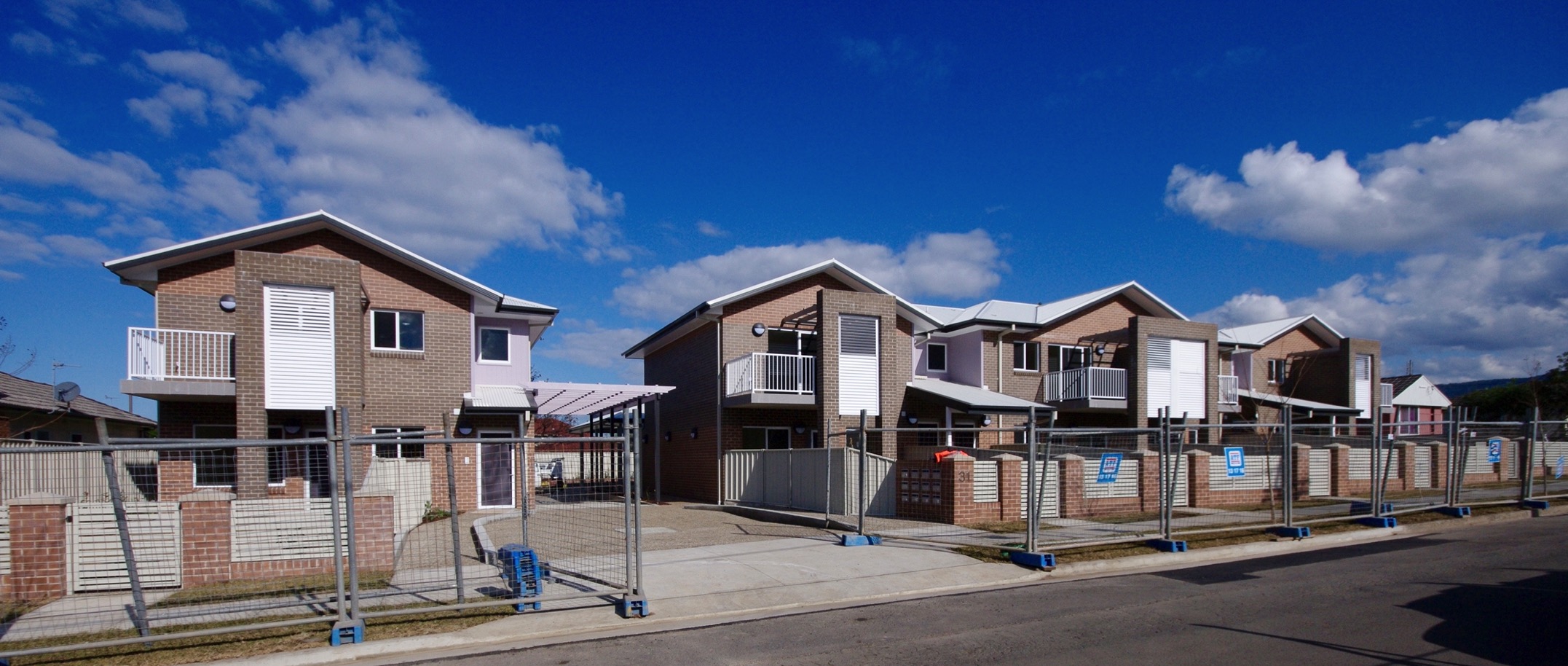Designer renovations trend is confirmed - recent survey.

85% of respondents want to improve functionality.
A great home relaxes you and informs you that you are protected and secure in your comfort zone. A home that doesn't function well creates emotional conflict and anxt as you attempt to traverse all those niggling work arounds you dislike about your present circumstances.
A good designer is empathic to your lifestyle, that is, the designer understands how you relax, entertain, feel safe, need your own space and that designer appreciates what kind of private spaces you need, personally, to face your next challenge outside your home - outside your comfort zone.
A good home takes you on a journey from your arrival to your most private spaces. It takes your visitors from arrival to a sense of wonder and intrigue... they want to see more, but your home specially prevents them from seeing it all, unless of course invited, and then it unfolds from space to space, thrilling your guest at each stage. A good home lets you decide what experience guests/visitors have and the degree of revelation permitted.
How can we assist you to improve the functionality of your home?
What I like to do is to try and ensure that your design permits a relaxed flow of spaces from entry/public spaces to your private and recreation spaces, whether inside or outside. Taking advantage of a variety of spaces is the key here so that, should you need to, an individual can escape the household without feeling locked up in, say a bedroom with 4 walls, a window and a door. A relaxed flow of spaces, by chance or by design, also provide for the most accessible of spaces for a person with a disability. This is what can be achieved by removing the barriers to every day life.
Read the full article at: Australian homeowner survey reveals renovation desires and designer demand




